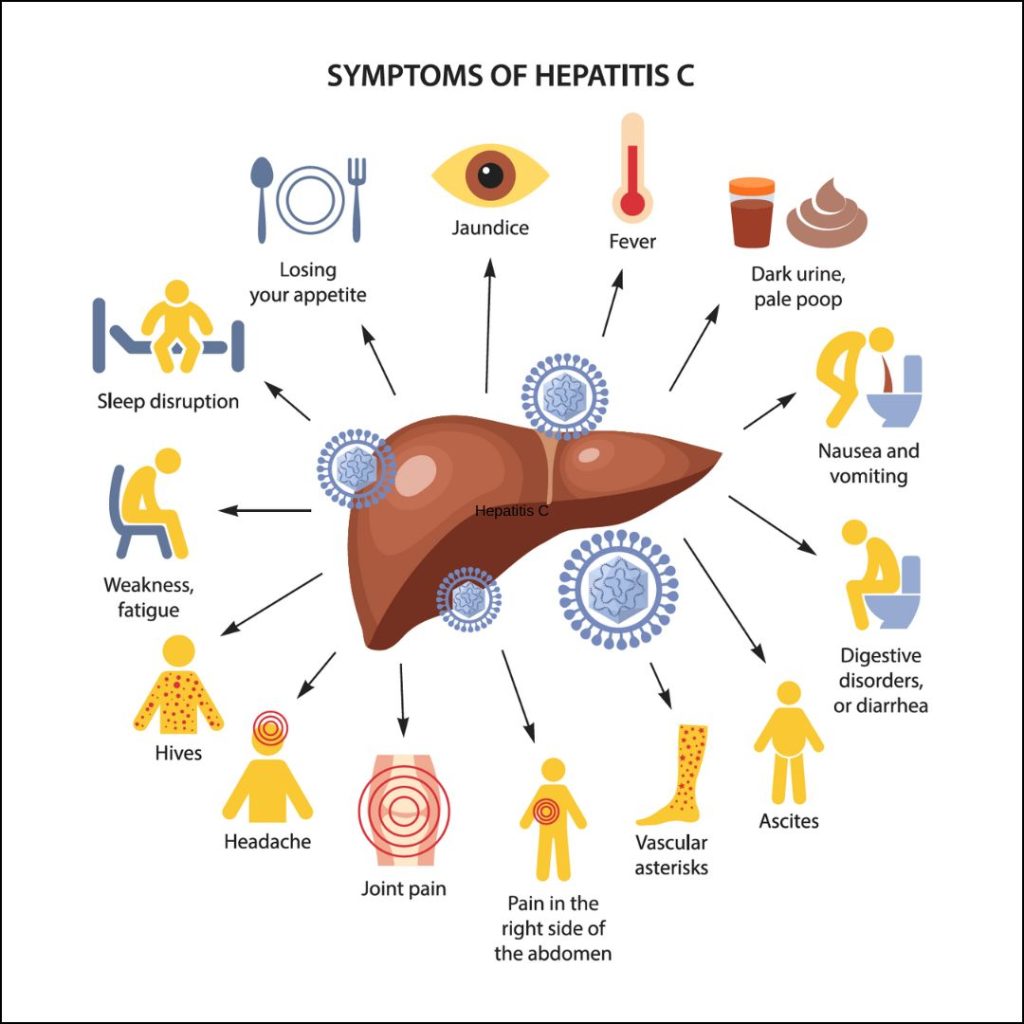
New study confirms high hepatitis C prevalence among people who inject drugs in South Africa
The biobehavioral survey and population size estimation undertaken in eThekwini, Ehlanzeni and Tshwane underscores the need for harm reduction services to address the transmission of HIV and viral hepatitis among people who inject drugs.
New findings from TB HIV Care’s latest biobehavioural survey, conducted between May and September 2023, reveal a high prevalence of hepatitis C infection and high levels of HIV co-infection among people who inject drugs (PWID) in eThekwini, Ehlanzeni (Lydenburg and Mbombela) and Tshwane.
“Hepatitis B and hepatitis C infections are typically higher in key populations than the general population, but data are limited,” explains Joel Steingo, Strategic Information and Business Development Director at TB HIV Care. “Biobehavioural surveys are critical because they allow us to estimate the population size of marginalised groups like PWID in sites across South Africa, estimate the prevalence of infections like HIV and viral hepatitis, assess health-seeking behaviour, gauge injecting practices and other risk factors, and examine the intersectionality between injecting drug use with behavioural, social and structural factors – including the ability to access healthcare services,” says Steingo.
The survey, which also aimed to estimate the prevalence of HIV among PWID populations in each city, shows:
- In eThekwini, there is an estimated 49.3% HIV prevalence; a 5.8% prevalence for hepatitis B; an anti-HCV prevalence of 75.2%; and an HIV and anti-HCV co-infection prevalence of 43.2% among the PWID population.
- In Lydenburg, there is an estimated 45.4% HIV prevalence; 0.9% prevalence for hepatitis B; an anti-HCV prevalence of 40.8% and an HIV and anti-HCV co-infection prevalence of 26.7% among the PWID population.
- In Mbombela, there is an estimated 30.3% HIV prevalence; a 1.6% prevalence for hepatitis B; an anti-HCV prevalence of 90.5%; and an HIV and anti-HCV co-infection prevalence of 28.1% among the PWID population.
- In Tshwane, there is an estimated 72.1% HIV prevalence; 2.8% prevalence for hepatitis B; an anti-HCV prevalence of 89.1% and an HIV and anti-HCV co-infection prevalence of 69.2% among the PWID population.
For Andrew Scheibe, Technical Advisor at TB HIV Care, the high HIV and anti-HCV prevalence highlights the need for increased HCV prevention, testing, treatment with direct-acting antivirals (DAAs), and the scale-up of evidence-based services among people who inject drugs.

“Hepatitis C is often called the silent killer because many people remain completely asymptomatic until the infection progresses, causing serious liver damage and life-threatening health issues,” explains Scheibe. “Today’s DAAs are highly effective, but cost and access are an issue in South Africa. We need to continue to advocate for easier, cost-effective access to generic DAAs, especially for populations at risk.”
Scheibe believes that harm reduction, including uninterrupted needle and syringe services and opioid substitution therapy, is also critical for HCV and HIV prevention for people who inject drugs.

“Hepatitis C is a blood-borne virus, meaning it’s spread through needle sharing and unsafe injecting practices. We need to deliver a comprehensive package of care, including needle and syringe programmes, opioid substitution therapy, HIV and hepatitis testing and treatment, and psychosocial services to prevent the onward transmission of HIV and viral hepatitis – and reduce the harms associated with drug use.”
The BBS survey was made possible with funding from the U.S. President’s Emergency Plan for AIDS Relief (PEPFAR) and technical assistance from the U.S. Centers for Disease Control and Prevention (CDC).
CDC Country Director, Dr John Blandford says key populations face significant stigma and discrimination and often find it difficult to access healthcare services because of these judgements.
“This biobehavioural survey has given us a deeper understanding of the challenges faced by people who inject drugs,” says Dr Blandford. “We know, for example, that the prevalence of physical and/or sexual violence across all the sites was more than 30%. We also know that a third of PWID have not accessed healthcare in the last year due to fear of stigma or discrimination. This information allows CDC partners to include post-violence care in their programmes, as well as sensitisation training for healthcare workers. The high HIV and anti-HCV prevalence means we need to focus on harm reduction efforts – and continue to advocate for the rights of key populations.”
About TB HIV Care
TB HIV Care is a registered non-profit organisation that puts integrated care at the heart of responding to TB, HIV and other major diseases. They work to prevent, find and treat TB, HIV and viral hepatitis in South Africa as well as targeting their interventions to address the needs of populations most at risk, including communities in the Eastern Cape and Western Cape, adolescent girls and young women, inmates in correctional centres, sex workers and people who inject drugs.
Hepatitis C is an inflammation of the liver caused by the hepatitis C virus. The virus can cause both acute and chronic hepatitis, ranging in severity from a mild illness to a serious, lifelong illness including liver cirrhosis and cancer.